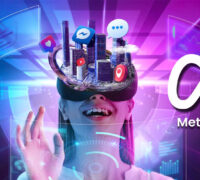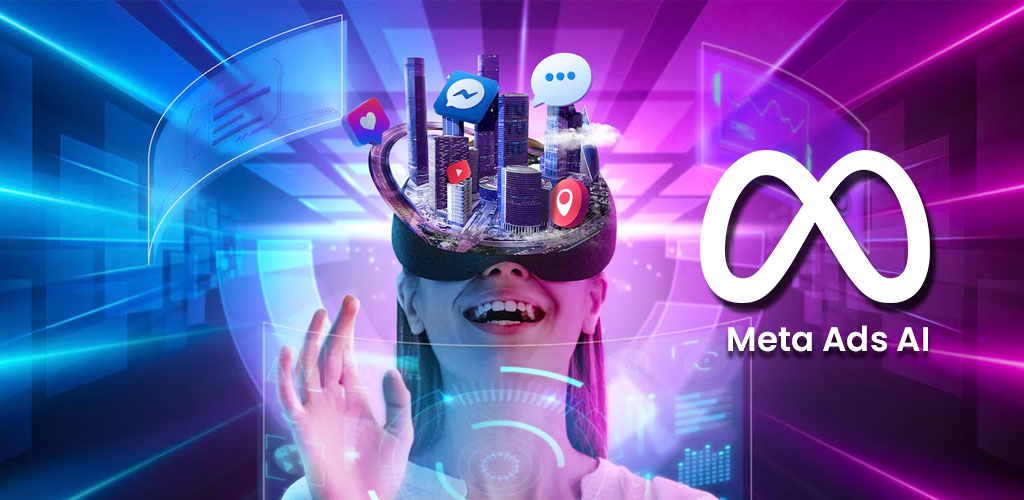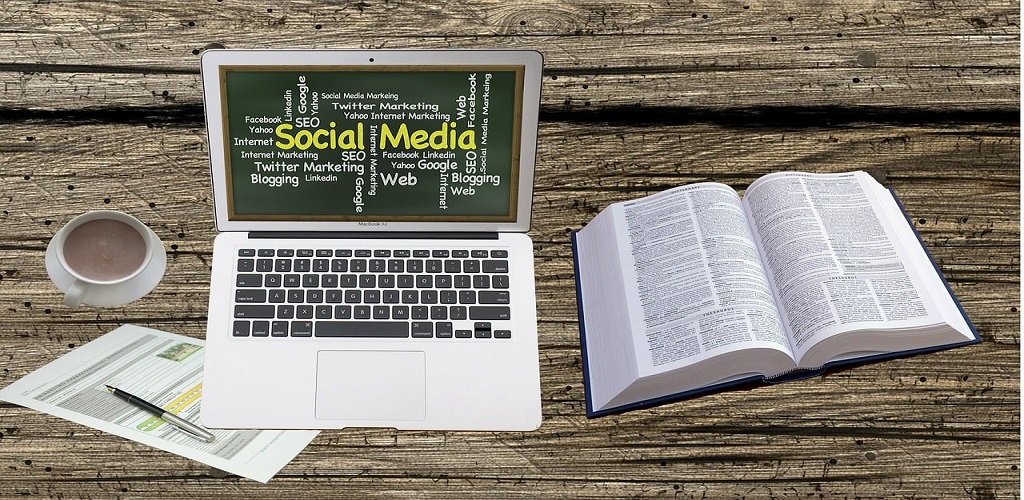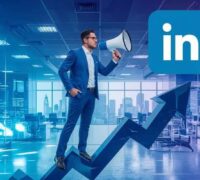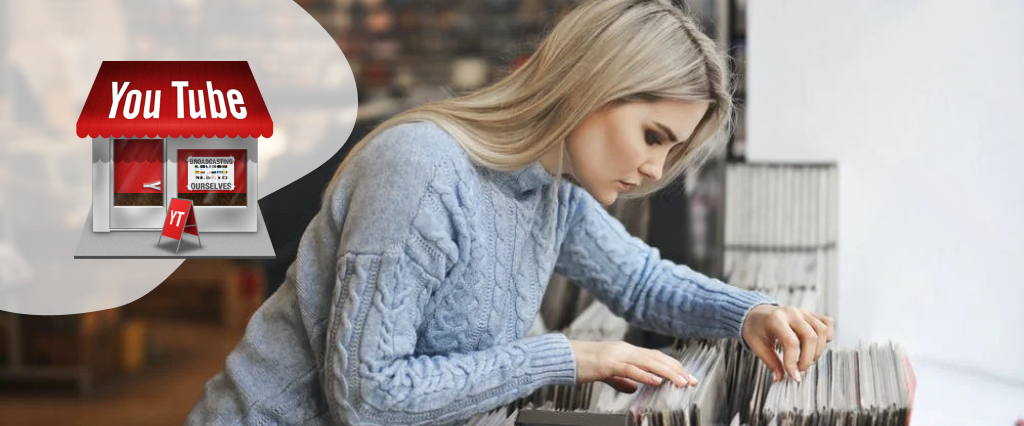Digital marketing is evolving at lightning speed, and one of the biggest revolutions on the horizon is the rise of fully automated advertising. Meta, the parent company of Facebook and Instagram, is leading this transformation, with plans to make ad creation almost completely autonomous by 2026. This shift promises to change how businesses of all sizes plan, design, and launch their ad campaigns. But what does this mean for brands, marketers, and everyday users who interact with these ads? Let’s dive deeper into how Meta’s automated advertising will redefine digital marketing and why you should prepare for it now.
The Move Toward Automation
Advertising on social media platforms has traditionally required multiple steps: designing creatives, writing ad copy, setting budgets, targeting audiences, and constantly optimizing campaigns. While tools like Meta Ads Manager have simplified this process over time, it still requires hands-on effort and expertise to achieve good results. Meta’s new approach to advertising takes this one step further by allowing artificial intelligence to handle nearly every stage of the process.
By 2026, businesses may only need to set their goals and budgets, and Meta’s AI will create, launch, and optimize ads without human intervention. The system will analyze millions of data points in real-time, predicting which creatives will work best for each audience segment. This level of automation could help businesses save time, reduce costs, and achieve better ad performance with minimal manual effort.
How Meta’s AI-Driven Ads Work
The foundation of Meta’s automated ads is generative AI. This technology allows machines to produce high-quality creative assets, from images and videos to ad copy that resonates with specific audiences. Instead of spending hours creating multiple versions of an ad, brands will be able to rely on Meta’s AI to instantly generate tailored creatives based on user preferences, browsing behavior, and engagement patterns.
Meta has already introduced early versions of AI-powered creative tools, such as automatic background generation and text suggestions for ads. Over the next year, these tools will evolve into a fully integrated ad creation engine. By 2026, businesses could potentially input a single product description and budget, and Meta’s AI will handle everything from design to targeting, delivering ads optimized for the best return on investment.
Why Automation Matters to Businesses
The promise of automated ads is not just about convenience; it’s about performance. Traditional digital marketing campaigns require extensive testing, tweaking, and budget allocation to determine what works best. With AI taking over these repetitive tasks, businesses can focus on strategy rather than execution. Meta’s AI will continuously learn from user interactions, adjusting ad placements, creatives, and targeting on the fly. This means businesses can get better results with fewer resources, making digital advertising more accessible to small businesses that might not have a full-time marketing team.
Automation has the potential to revolutionize small business ownership. Imagine a local bakery or clothing store that does not have the budget to hire a digital marketing expert. With automated ads, they could simply set their goals—such as increasing foot traffic or online sales—and let Meta’s system handle the rest. This could level the playing field between small businesses and large corporations, giving everyone a chance to run high-quality ad campaigns.
The Impact on Marketing Professionals
While automated ads may sound like they are replacing the need for marketers, the reality is quite different. Instead of handling technical tasks like ad placement and creative testing, marketing professionals will shift their focus to strategy, brand storytelling, and audience engagement. In other words, the human touch will still be vital.
Marketers will need to learn how to guide AI systems effectively by providing the right inputs and aligning ad campaigns with a company’s broader goals. They will also need to analyze AI-generated insights to understand consumer behavior and improve future campaigns. So, rather than eliminating jobs, automation is likely to create new opportunities for marketers to become more strategic and creative.
What It Means for Users
For everyday social media users, automated ads mean a more personalized experience. Since AI can analyze user behavior in real-time, the ads people see will be more relevant, engaging, and tailored to their interests. While this raises some privacy concerns, Meta has stated that it will prioritize user consent and transparency as part of its future ad strategy.
The upside for users is that irrelevant or repetitive ads will become less common. Instead, users will see ads that feel like they were made just for them—whether it’s a product they’ve been looking for or a service that matches their lifestyle. This shift could make ads less of an interruption and more of a helpful part of the online experience.
Preparing for the Future
As 2026 approaches, businesses should start preparing for this shift in advertising. While automation will simplify campaign management, the need for strong brand messaging, clear objectives, and high-quality content will remain. Businesses should focus on building a strong brand identity that AI tools can use as a foundation for creative generation.
It’s also important for companies to invest in learning how to work with AI. Understanding how automated ads function will help brands provide better input, interpret performance data, and ensure that campaigns remain aligned with business goals. When automated advertisements become commonplace, firms that adopt AI now will have a stronger chance of succeeding.
The Ethical Side of Automation
One challenge with automated ads is maintaining authenticity and trust. As AI takes over ad creation, there is a risk that campaigns could become too generic or impersonal if not guided properly. Brands need to ensure that their unique voice and values are not lost in the process. Transparency will also be key, as users will want to know when they are interacting with AI-generated content.
Meta is aware of these challenges and is expected to implement guidelines and tools to help brands maintain authenticity while using automated systems. Businesses that prioritize ethical marketing and user trust will likely gain a competitive edge in the AI-driven landscape.
The Future of Digital Advertising
The rise of automated ads is not just a trend—it’s the future of digital advertising. By combining the power of AI with the reach of platforms like Facebook and Instagram, Meta is aiming to make advertising smarter, faster, and more effective than ever before. Businesses that adapt to this new way of marketing will have a significant advantage, while those who resist may struggle to keep up.
Automation does not mean the end of creativity or strategy. Instead, it frees marketers to focus on the big picture: creating meaningful connections with their audiences. As we move closer to 2026, the businesses that embrace this change will not just survive—they will thrive.



